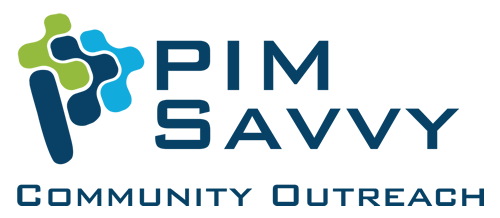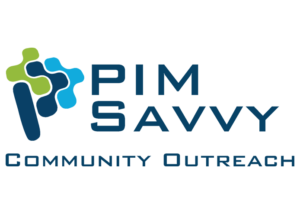WHAT – What is COVID-19?
COVID-19 (coronavirus disease 2019) is a disease caused by a virus named SARS-CoV-2.
COVID-19 most often causes respiratory symptoms that can feel much like a cold, the flu, or pneumonia. COVID-19 may attack more than your lungs and respiratory system. Other parts of your body may also be affected by the disease. Most people with COVID-19 have mild symptoms, but some people become severely ill.
WHEN and WHY – When did COVID-19 start and why should I take precautions regarding COVID–19?
The Coronavirus Disease (COVID-19) was first detected in Wuhan City, Hubei Province, China in late 2019. In early 2020, the Centers for Disease Control and Prevention (CDC) activated the Emergency Operations Center (EOC) to support the response to the COVID-19 outbreak. On March 11, 2020, the World Health Organization (WHO) publicly characterized COVID-19 as a pandemic.
While The Department of Health and Human Services (HHS) ended the COVID-19 public health emergency (PHE) on May 11, 2023, COVID-19 is still very contagious and spreads quickly. The virus spreads when an infected person breathes out droplets and very small particles that contain the virus. Other people can breathe in these droplets and particles, or these droplets and particles can land on their eyes, nose, or mouth. In some circumstances, these droplets may contaminate surfaces they touch.
Anyone infected with COVID-19 can spread it, even if they do NOT have symptoms.
The Washington State Department of Health (DOH) recommends wearing a mask, improving air flow and filtration, frequent hand washing, regular cleaning, physical distancing, and, if possible, testing when you will be around other people indoors to prevent and limit the spread of COVID-19.
WHAT – What types of COVID-19 vaccines are available?
There are two types of COVID-19 vaccines available in the United States: mRNA vaccines and protein subunit vaccines.
Pfizer-BioNTech and Moderna COVID-19 vaccines are mRNA vaccines and Novavax COVID-19 vaccine is a protein subunit vaccine.
The Centers for Disease Control and Prevention (CDC) recommends the 2023–2024 updated COVID-19 vaccines: Pfizer-BioNTech, Moderna, or Novavax, to protect against serious illness from COVID-19.
Vaccine recommendations are based on age, and in some cases, time since last dose, the first vaccine received, and immunocompromised status.
For more information about COVID-19 vaccines, visit Overview of COVID-19 Vaccines | CDC
WHO – Who is at risk of severe illness from COVID-19?
Some people are more likely than others to get very sick if they get COVID-19. This includes people who are older, are immunocompromised, have certain disabilities, or have underlying health conditions. Understanding your COVID-19 risk and the risks that might affect others can help you make decisions to protect yourself and others.
WHEN – When do I have to wear a mask?
Most places no longer required masks to be worn, however the Washington State Department of Health (DOH) recommends that people ages 2 years and older wear masks in the following circumstances:
- When indoors in public transportation settings.
- Indoors when Centers for Disease Control and Prevention (CDC) COVID-19 hospital admission level is high. At these hospital admission levels, people who have household or social contact with someone at high risk of getting very sick should consider wearing a high-quality mask when indoors with them.
- Indoors if you are at high risk of getting very sick.
- When you have COVID-19 symptoms, a positive test, or were exposed to someone with COVID-19.
When people wear a well-fitted mask or respirator, it helps protect you and those around you by preventing the spread of COVID-19. People may want to continue to wear a mask for added protection against COVID-19, especially those who are immunocompromised, living with someone immunocompromised, or who may just feel safer wearing a mask. Everyone should assess their own personal risk when making this decision.
HOW – How many cases of COVID-19 have been reported?
Over 758 million cases of COVID-19 have been reported worldwide. Over 6.8 million deaths from COVID-19 have been recorded worldwide and over one million people have died from COVID-19 in the United States.
WHERE – Where do I go for more information about COVID-19?
Visit COVID-19 | Washington State Department of Health and Coronavirus Disease 2019 (COVID-19) | CDC for more information about COVID-19.
This article is made possible in part by the Washington State Department of Health through a grant from the Centers for Disease Control and Prevention.
Resources
COVID-19 Response (cdc.gov)
About COVID-19 | CDC
CDC Museum COVID-19 Timeline | David J. Sencer CDC Museum | CDC
Overview of COVID-19 Vaccines | CDC
COVID-19 | Washington State Department of Health


